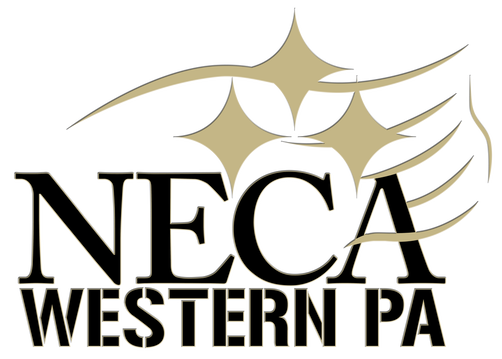MEMBER FEE - $0.00
NON-MEMBER FEE - $350.00 Per Participant, Per Day
|
2024 VIRTUAL
1. Success in Technology Implementation The implementation of technology continues to be a challenge for many contractors. Success lies in the specific definition of workflow first, then the evaluation of the current technology available to insert into the workflow. Standardization of these workflows enables staff to learn effectively and ramp up quickly in order to drive project success sooner. In this session we will: • Discuss technology strategy and its role in organizational success • Outline successful workflow examples that drive rapid onboarding • Examine examples of technology implementation that create transparency and repeatable, predictable results 2. Data-Driven Decision Making For Your Business Because data-driven decision-making is at the heart of today’s most profitable companies, tools like Key Performance Indicators (KPIs) provide a critical business edge for decision-making. We will cover the approaches for selecting KPIs, show easy-to-understand processes to ensure predictable business outcomes in several functional areas, and include practical examples and real-world best practices. Learning Objectives: • Find out what KPIs are and why you should care • Learn how to use KPIs to drive profitability in your company • Discover how you can quickly implement and communicate KPIs to employees 3. ROI From Investing in Off Site Production – Or Prefabrication When we pole construction executives regarding their greatest industry challenges, inevitably the #1 challenge is the ability to stay competitive in an increasingly cost-driven marketplace. Other challenges include out of control supply chain, poorly managed projects, decreased productivity, quality control and a shrinking skilled workforce. One solution that impacts all of these challenges is the investment in an internal Prefabrication Process and facility. However, the implementation process can seem daunting, and the investment can be difficult to quantify. The job site is our primary place of business, and that place is not always conducive to a safe, lean installation or predictable outcomes. We believe the answer is to embrace a new business model; one that takes you away from the historical onsite approach to construction and moves you toward a lean standard work model performed in an off-site production space. This session will demonstrate the principles required for this Lean transformation. Further we will provide a methodology to calculate a return on investment from a Prefabrication operation. Attendees include Operations Managers, Project Managers, Project Executives, Group Executives, and Business Owners. Learning Objectives: • Calculate a return on investment of a prefabrication facility • Learn the fundamental importance in the standardization of means and methods • Lean principles, sustainable management systems • Benefits of measuring and leveraging key production metrics • Understanding the power of increasing your standard work • That gaining control of design to increase predictable outcomes 4. The Life Cycle of Estimating – Bidding With More Data and Less Gut With the technology available to the industry, it is entirely possible to price work utilizing data in lieu of estimating software with the “hope” that it contains the right information to help land the job AND not lose profit. During this session, we will discuss the life cycle of estimating and the critical path of information that must be shared through the get work, do work, and keep score functions to allow for this critical information to be gathered, extracted, and utilized. Learning objectives: • Define bid selection criteria - not all opportunities are good ones • Discuss the utilization of data and data mining in bid strategy • Outline the link of consistency required between estimating and work breakdown structure • Show the critical role of the estimator in the essential preconstruction planning process • List the lessons learned needed to close the information loop. This is the most valuable information that is so seldom shared |
All 2024 Courses will be lead by
|



